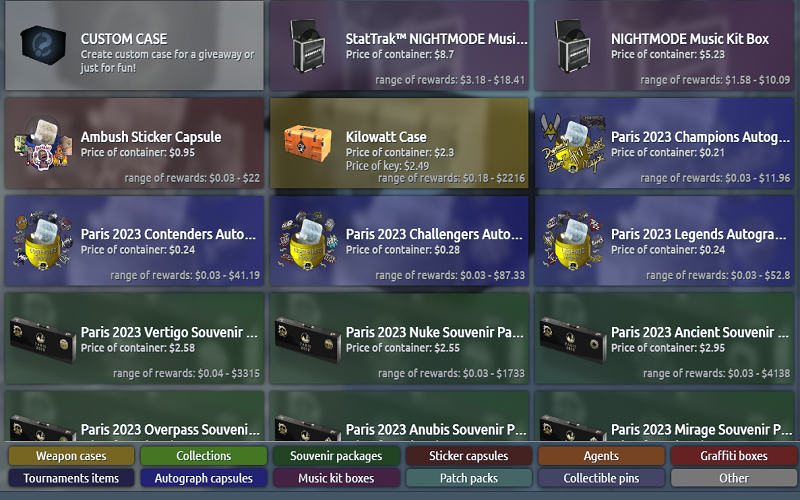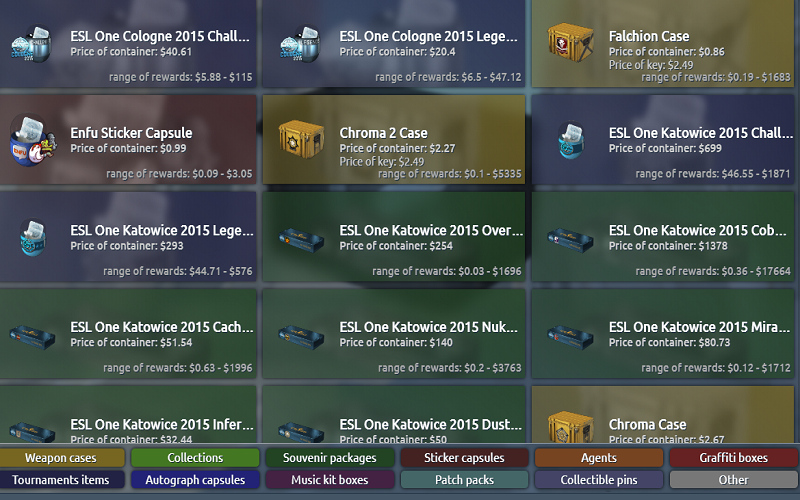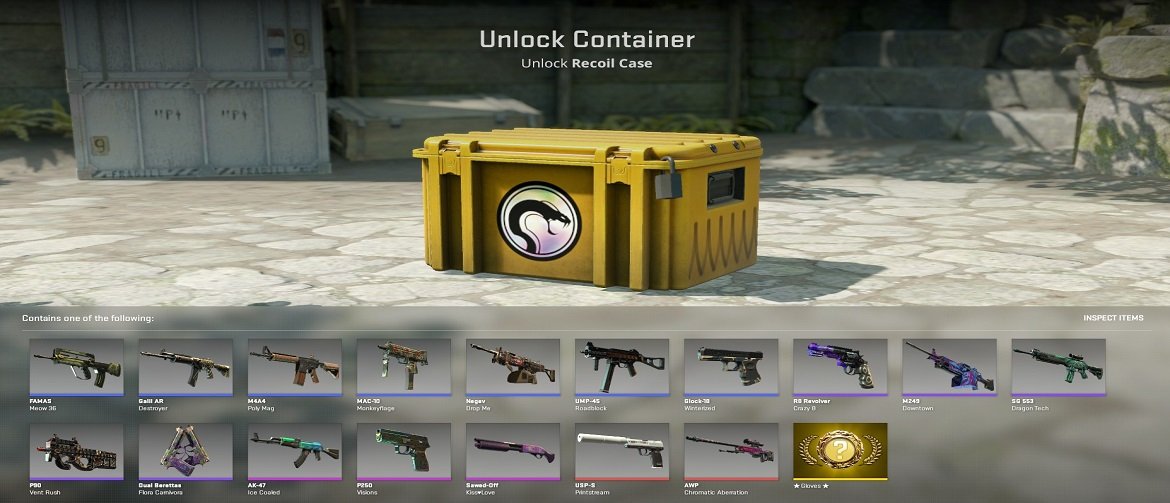CS2 Case Simulators have emerged as a popular virtual activity among Counter-Strike 2 enthusiasts. These simulators replicate the exhilarating experience of opening in-game cases, which can contain a plethora of cosmetic items such as weapon skins, gloves, knives, and more. They serve as an entertaining means for players to engage with the game’s mechanics without investing real money in keys and cases.
Understanding the Mechanics
The mechanics of CS2 (CS:GO) case simulators closely mimic the actual process of opening cases within the game. Through the utilization of random number algorithms and extensive databases, these simulators simulate the selection of items from within the cases. Players are presented with a variety of case options, each offering different sets of items with varying rarities.
Upon initiating the case opening, the simulator employs random number generation to determine the items that would hypothetically drop from the case. Subsequently, players are presented with visuals or descriptions of the simulated items, allowing them to experience the excitement of discovering potential loot.

Exploring Expected Results
The outcome of using CS2 case simulators is contingent upon the predefined drop probabilities established by the simulator developers. These probabilities typically mirror the actual drop rates found in the game, albeit subject to occasional updates and alterations by the developers.
Players interested in gaining insights into the likelihood of obtaining specific items should ensure that the simulator utilizes the most current drop probability data sourced from official channels, such as Valve’s publications.
Delving into Economic Insights
Beyond mere entertainment, CS2 case simulators offer valuable insights into the economic aspects of case openings. By experimenting with simulated cases, players can refine their strategies, evaluate potential investments in keys and cases, and assess the profitability of different approaches.
Notably, the absence of real monetary transactions in simulators mitigates the financial risks associated with compulsive spending, making them a prudent choice for individuals prone to excessive expenditure on in-game items.
Examining the Emotional Aspect
While CS2 case simulators faithfully replicate the mechanics of case openings, they may not fully capture the emotional highs and lows experienced in real time. The thrill of anticipation, the elation of acquiring coveted items, and the disappointment of unfavorable outcomes are integral components of the authentic case-opening experience.
Nevertheless, simulated openings can still evoke a sense of excitement and satisfaction, particularly when players secure rare or desirable items.

Enhancing Skills and Knowledge
In conjunction with utilizing case simulators, aspiring Counter-Strike players are encouraged to familiarize themselves with official item drop statistics provided by Valve. This comprehensive approach facilitates a deeper understanding of drop rates, item rarities, and the inherent randomness of case openings.
It is essential to recognize that while case simulators serve as valuable tools for honing skills and exploring probabilities, they do not guarantee favorable outcomes akin to real-world scenarios.
To Wrap Up!
CS2 case simulators offer a dynamic platform for players to engage with the game’s mechanics, explore drop probabilities, and refine their strategies without financial implications.
So, by leveraging these simulators alongside official drop statistics. Players can cultivate a nuanced understanding of case openings while tempering their expectations regarding item acquisition. Whether for recreational enjoyment or strategic development, case simulators remain a compelling facet of the Counter-Strike community’s engagement with the game.
